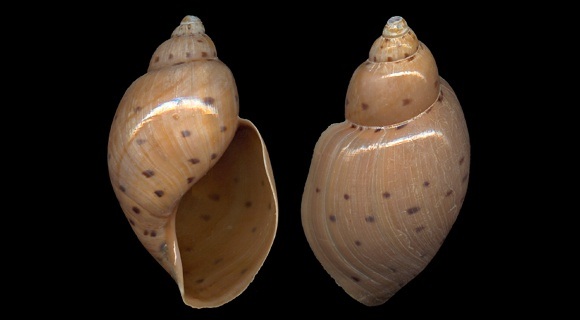
200-300m deep, off Malága, Andalucia, S. Spain. 57mm.
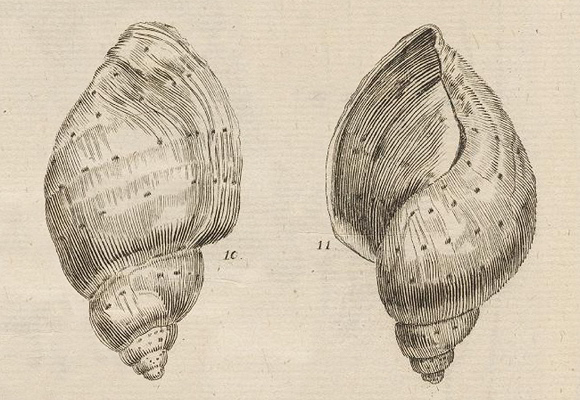
« Testa imperforata turrita glabra; columella inflexa; anfractibus spirae depressiusculis. »
As all this work was rejected for nomenclatorial purposes by the ICZN – Opinion 261, Helix priapus Gmelin, a taxon based on Meuschen 1781, became the next available name.
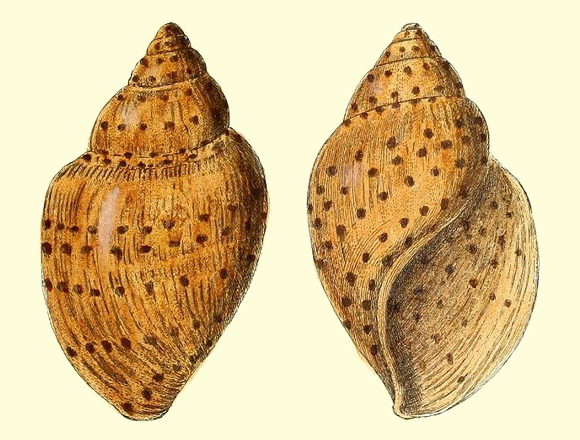
Based on this description and the figure above, Gmelin’s Bulla stercus pulicum (Systema Naturae ed. 13, 1791 – item 3434) was followed by the Helix priapus in the same work – item 3654. W. Kobelt noticed the typographical error and changed the name back to priamus. Finally, H. A. Rehder (“Application to fix the name of the type-species of the genus Ampulla Röding, 1798 (olim Halia Risso, 1826)” Bulletin of Zoological nomenclature vol. XXVII-I, London 1970, p.41) proposed to keep the epithet priamus, as it was the most commonly in use.
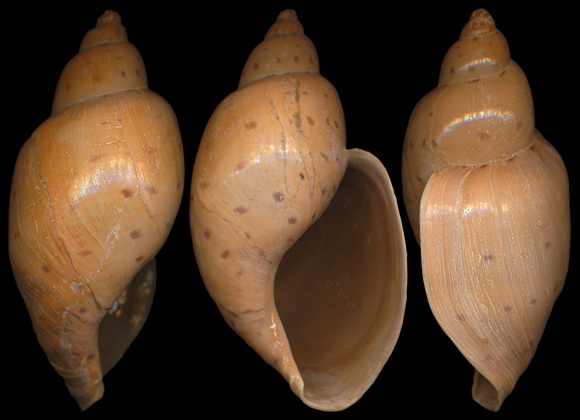
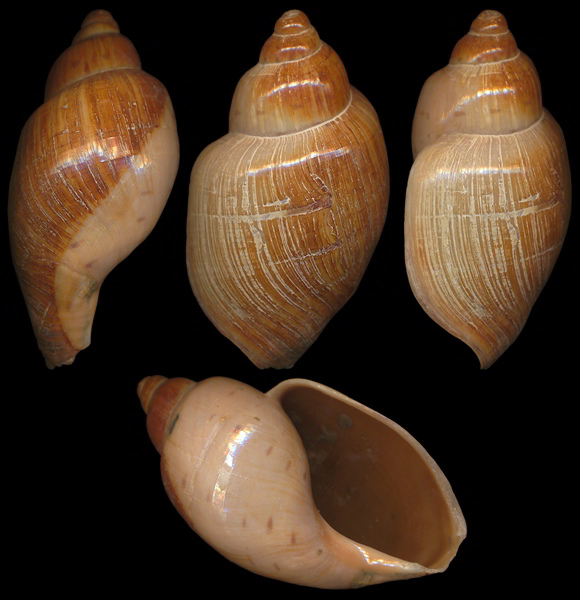
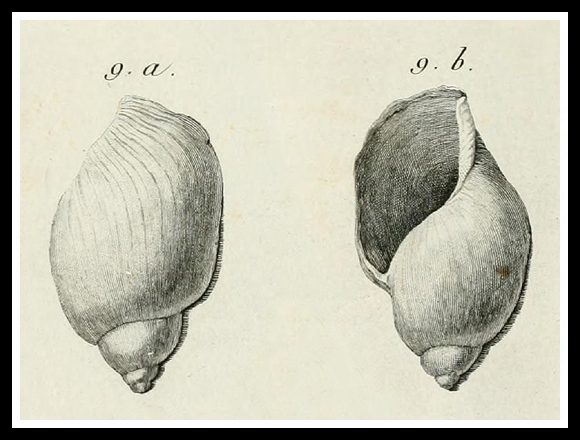
« Fossil in the Piacenza area. Its shape is elliptical, and is composed of five convex whorls, well distinct from each other, the anterior one being almost three times greater than all the others taken together. The aperture is wide, oval, longer than large; the columella forms a protuberant and slightly twisted cord outwards, and is truncated at the base. The external surface is smooth, and marked only by some longitudinal roughness. » – Op. cit. p.281.
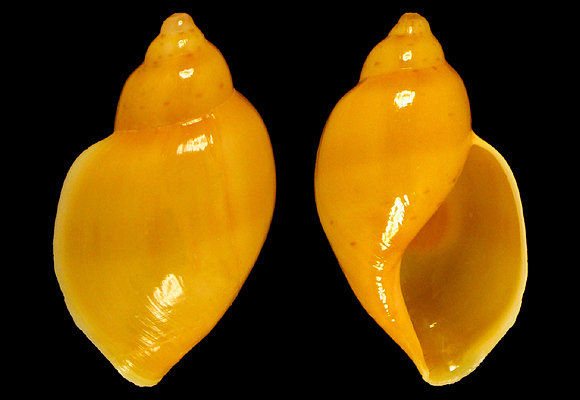
Original pictures provided by A. Nappo (IT).
– (CC BY-NC-SA) –